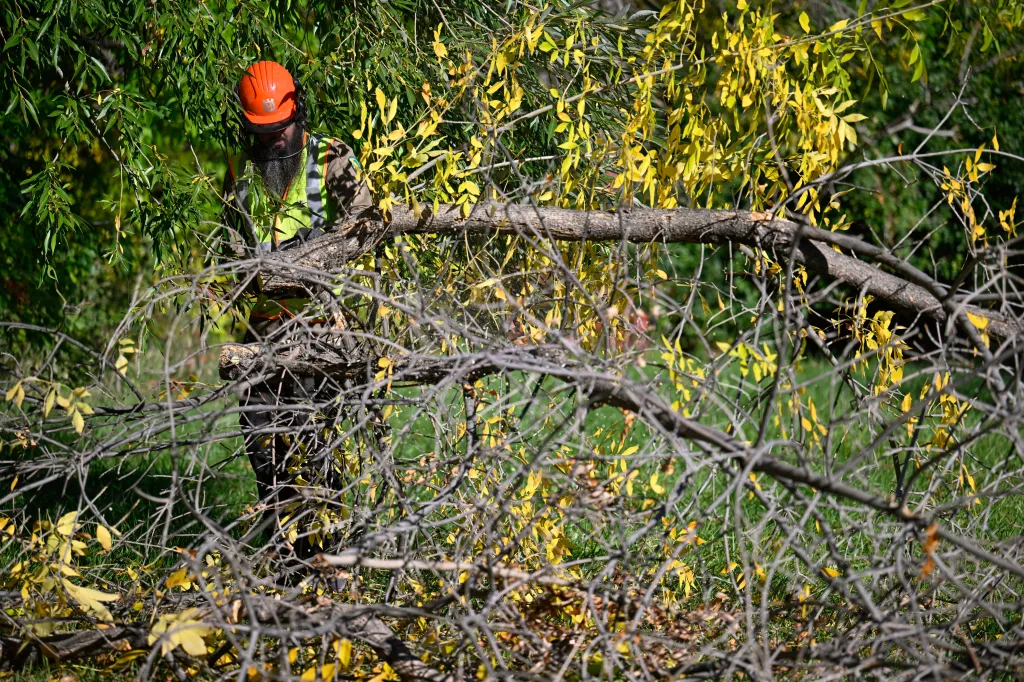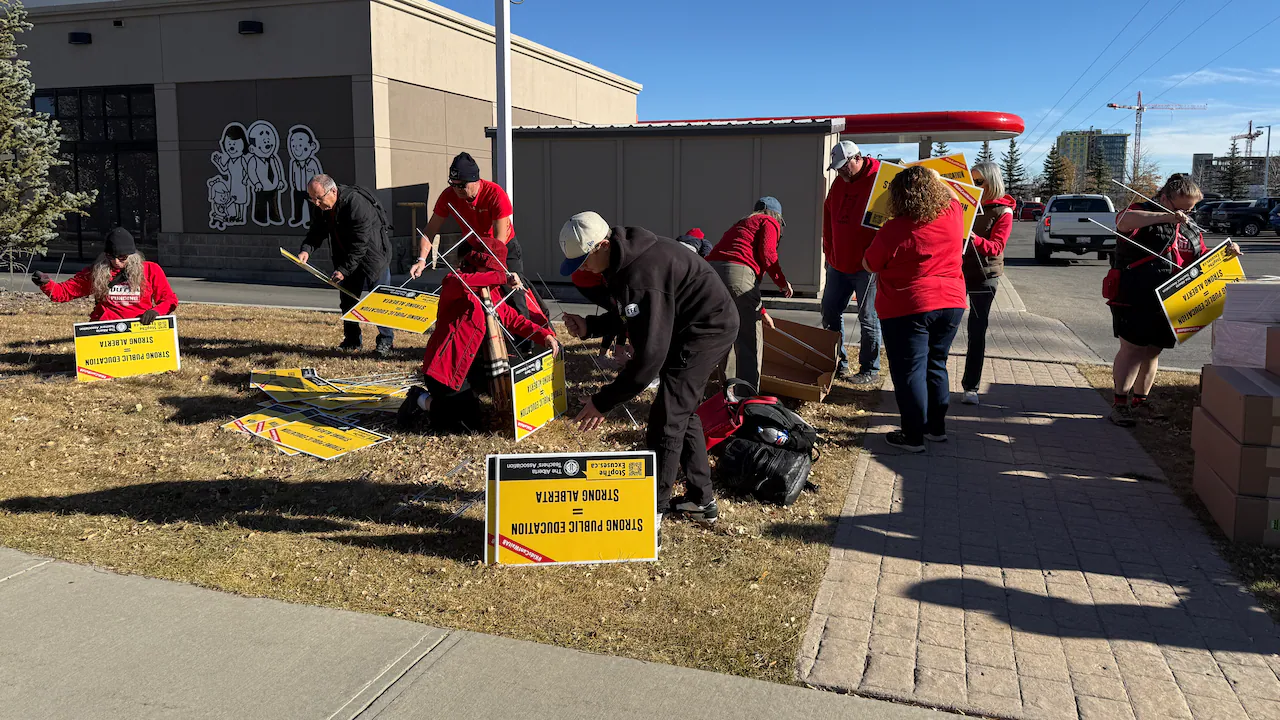Copyright Boulder Daily Camera

On a recent October day, Boulder County’s David Garcia led a team of nine workers in removing decades of dead tree limbs and overgrown brush piled along the banks of the Farmer’s Ditch behind the Orange Orchard neighborhood in north Boulder. The first phase of the Orange Orchard project removed 280 cubic yards of organic material, with a second phase to remove more planned for the future. In another recent project, a collaboration with the city of Boulder, crews cleared 325 cubic yards of material from a neglected ditch in Gunbarrel. Garcia, the county’s water resources wildfire mitigation specialist, started the ditch fire mitigation program a little less than a year ago and has since completed about a dozen projects to remove dried slash piles. “We’re focusing on our highest fire risk areas, Louisville, Lafayette, Superior, the west side of Boulder and unincorporated Boulder County,” he said. “There’s a lot of work to do.” The county started the labor intensive project after the Marshall fire revealed the need to manage fuels along the plains and in eastern Boulder County, Garcia said. The Marshall Fire, which started Dec. 30, 2021, during a windstorm in which gusts topped 100 mph, burned through neighborhoods in Louisville and Superior. The fire killed two people and destroyed more than 1,000 homes and businesses. “Historically, there wasn’t as much fire danger on the plains,” Garcia said. “The Marshall fire really opened up people’s eyes to the danger posed by ditch fuels. Neighbors are super psyched when we show up.” The ditch fire mitigation program is part of a broader set of Parks and Open Space fire mitigation efforts, which include forest management, grassland management, community sort yards and education. Nick Stremel, Parks and Open Space resource specialist, said mitigation on forested properties focuses on areas with Ponderosa pines. Crews thin trees to reduce density, then follow up with prescribed burns every three years. Over the last 10 years, he said, crews have thinned and burned an average of 88 acres a year. In the last few years, the main projects have been on Hall Ranch and Rabbit Mountain open spaces. On the grasslands, the county leases about 12,000 acres of open space to ranchers for cattle grazing. Roadside and property mowing and weed management are other strategies used to manage fuels on open space. “Just in the last five years, we have focused more attention on the grasslands and plains,” Stremel said. Parks and Open Space also collaborates with Community Planning and Permitting on the Wildfire Partners program. The program, started in 2014, offers free wildfire risk home assessments and certifications to help residents obtain and retain insurance coverage. While new homes must be built with low ignition materials, according to county officials, this program addresses the fire risk for older, existing homes. The ditch program, which is administered by Parks and Open Space’s water resources group, is supported by money generated from the 2022 Wildfire Mitigation Sales Tax Initiative. This year’s budget was around $200,000 and includes Garcia’s position. Individual project costs range from around $2,000 for smaller projects and around $6,000 for larger ones. Garcia said his goal is to address the biggest risk areas, get partnerships in place with the ditch companies and then see how fast regrowth happens so he can create an ongoing maintenance schedule to prevent slash piles from building back up. To determine the biggest risk areas, he used the county’s recently updated Community Wildfire Protection Plan and started with areas adjacent to residential development, municipalities and critical infrastructure. Properties don’t need to be owned or managed by Boulder County to be eligible. He emphasized that the fire hazards are not the fault of the ditch companies or the landowners who receive the ditch water. “It’s just the stuff that has been ignored for so long, but with climate change we really need to address this need before it’s too late,” he said. Altogether, about 150 ditches crisscross the county. The ditches are privately owned by the shareholders and managed by ditch companies. Historically, Garcia said, the only responsibility of the ditch companies was to keep the water flowing. Ditch workers clear branches and other debris, then pile it on the side of the ditch. Those piles have grown over decades into a “big tangle of dead trees.” The Farmer’s Ditch, for example, was constructed in 1862 and was the first source of drinking water for most of north Boulder. Now, the ditch largely serves as the irrigation supply for open space managed farmland and as part of Boulder’s municipal water supply. It also provides irrigation water to about 75 homeowners, homeowner’s associations and farms. Along with hauling out dead branches and other fuels, Garcia said, other methods he may try in the future include chipping and spreading wood on site, applying biological treatments like fungal inoculation to speed up decomposition and using prescribed burns. The program also has tried some targeted livestock grazing, though Garcia said that may not be cost effective in the long term. While the main goal is mitigating fire risk, he said, he doesn’t want to remove all the trees and plant life that flourishes near the ditches and provide wildlife habitat. During the Orange Orchard neighborhood project, he left a massive, dead stump near the ditch, noting it would “take a lot for it to catch fire.” Leaving it, he added, means shelter for birds and small animals. “There’s definitely a lot of competing needs,” he said. “It’s a balancing act.”



